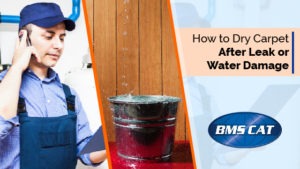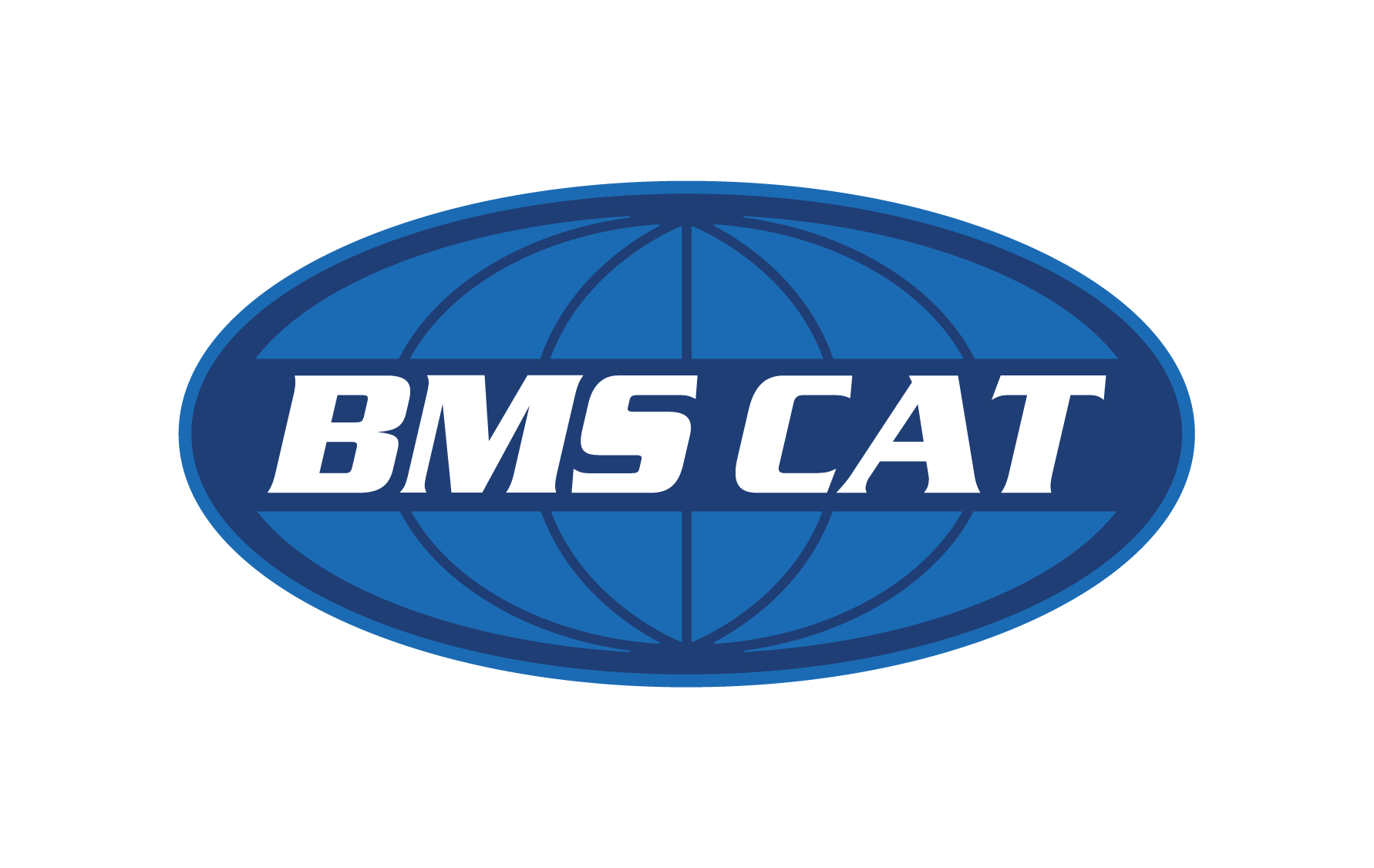 Many of you know that carpet and moisture aren’t the best of friends. A wet carpet, if not dried immediately, can become problematic. Mold growth is just one of the many problems that can develop but can cause negative effects to your health.
Many of you know that carpet and moisture aren’t the best of friends. A wet carpet, if not dried immediately, can become problematic. Mold growth is just one of the many problems that can develop but can cause negative effects to your health.
Besides mold growth, a wet carpet can stink up your home. This goes without saying that if your carpet has suffered some sort of water damage, it is paramount you seek professional water damage restoration services. You could also find ways to dry it yourself before it becomes an even bigger problem.
Things to Consider Before Drying Your Wet Carpet
While it’s good to quickly dry your carpet after a leak or water damage, the task will be fruitless if you don’t take care of a few things first.
- Fix the Leak: Before drying your carpet, you need to find and resolve the leak source. Whether the cause of the leak is a broken pipe, a leaking roof, or other issue, you have to get that fixed before beginning the drying process to avoid further damage to the carpet.
- Clear the Room: You cannot dry a wet carpet properly if you have furniture and items sitting on it. Remove everything on the carpet to a clean, dry space.
- Limit Traffic on Wet Carpet: Apart from bringing in dirt, walking on a wet carpet can wear it out due to its fragile state. Before you begin the process of drying your carpet, ensure that any item that will require you to go back into the room is brought out to avoid ruining your hard work.
4 Tips On How To Dry A Wet Carpet
1. Extract the water
Begin by removing the water soaked in the carpet. The type of equipment you will use for this process will depend on the amount of water on the carpet. If your carpet is completely saturated with water, a submersible pump and a shop vac is effective in removing a large amount of water.
If the water doesn’t completely cover your carpet, using just the shop vac may suffice. A shop vac has more suction power compared to a regular vacuum cleaner, not to mention that regular vacuum cleaners are not built to handle water suction. Both the submersible pump and shop vac can be rented from your local hardware store.
2. Follow-up with an Absorbent Towel
After extracting as much water as you can with the shop vac, place and press down absorbent towels on the carpet. This will help soak up the remaining water on the carpet. If there is still too much water seeped into the carpet at this point, it might be time to turn to a water damage professional rather than trying to take care of the water damage on your own.
3. Air Dry the Carpet
Place fans and dehumidifiers in the room to help circulate the air and assist with evaporation. It’s best to check back every few hours to reposition the fans.
If the water damage is minimal, you can speed up the drying process with the use of a hairdryer. Hold it a few inches from the carpet and move in a back and forth motion allowing the area you just blow-dried to cool off before checking it to see if it’s dry. Touching it while it’s still warm may mislead you into thinking the area is dry when it is not.
4. Replace the Carpet Padding:
Water can do severe damage to the carpet padding. Drying the carpet may not be enough to mitigate water damage. If the padding underneath is not effectively dried out it can result in mold damage that will ultimately spread to the carpet. In extreme cases of water damage such as a flood, it may be near impossible to salvage both the carpet and the padding underneath it.
, In this case, the removal and replacement of both the carpet and the padding is recommended.
Get Professional Carpet Cleaning Services
While these basic steps can help you manage minor water damage cleanup on your own, the best thing to do in order to ensure the water damage is fully mitigated is to seek the help of professionals. Blackmon Mooring & BMS CAT understands what it means to get displaced from your home or office building due to damages caused by water. That is why our top priority is to restore your property as quickly as possible.
If your home or property is suffering from water damage, contact us by phone at 877-899-0676 or fill out our simple contact form to learn more.
